We may earn money or products from the companies mentioned in this post. This means if you click on the link and purchase the item, I will receive a small commission at no extra cost to you ... you're just helping re-supply our family's travel fund.
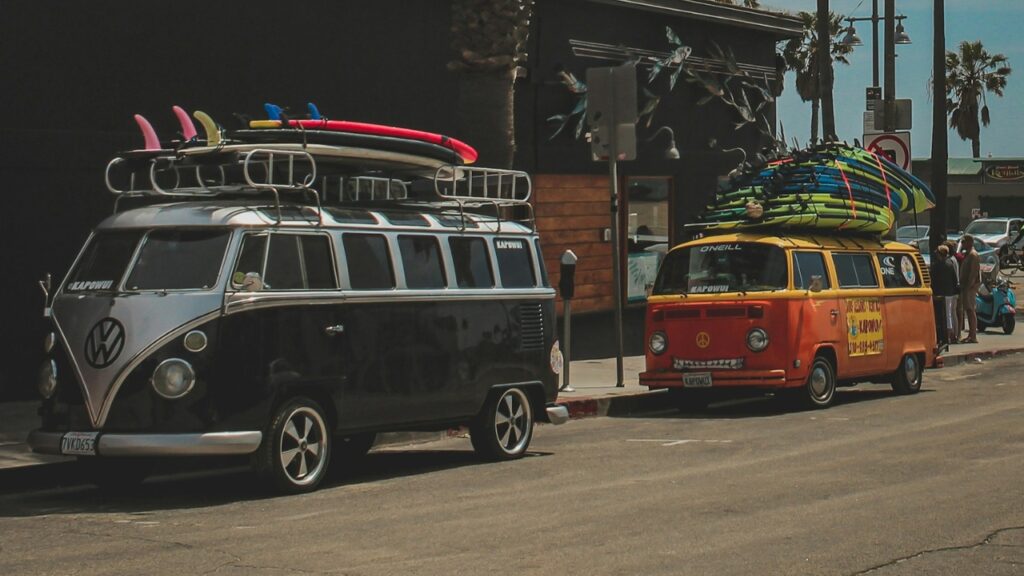
Think about your teenage years. For those who grew up in the 1980s, hitting the road in the U.S. was a vastly different experience than it is today. Forget instant information, real-time navigation, or always being connected. Back then, travel meant more grit, more planning by hand, and a lot more relying on your wits. You packed differently, communicated differently, and even got lost differently. Get ready to reminisce about the charming, often challenging, realities of teenage adventures before the digital age took hold.
1. Finding Information Meant Libraries, Not Links

Planning a trip or getting quick facts on the road was a pure scavenger hunt. You couldn’t just pull out a phone for local attractions, restaurants, or transport info. Instead, you relied on outdated guidebooks, bulky phone books, or bravely asking strangers. There was no instant search or user reviews. Every piece of information took significant effort, demanding hours of pre-trip research or on-the-spot inquiries. This added unexpected challenge to every discovery.
2. Getting Lost Was a True Adventure (or Nightmare)
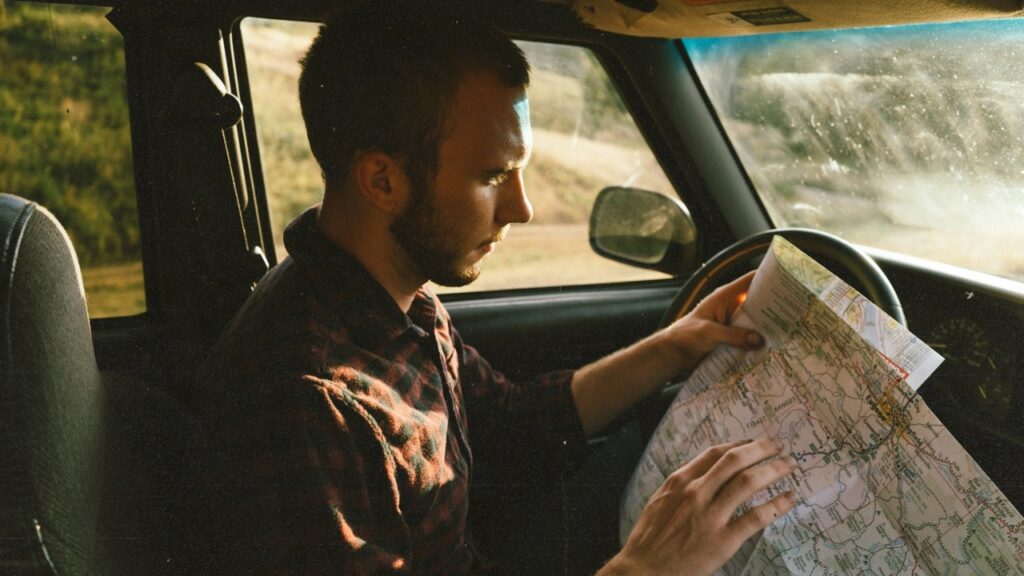
Before GPS, finding your way on a road trip was a true test of skill and luck. You navigated with massive, fold-out paper maps, rarely detailed enough for city streets. Missing a turn meant pulling over, wrestling with a sprawling map, and reorienting yourself manually. No soothing voice rerouted you, no blue dot showed your location. If you strayed too far, your hope lay in finding a payphone or asking a stranger. Simple drives often turned into multi-hour detours, feeling like mini-survival missions.
3. Staying in Touch Required Serious Effort
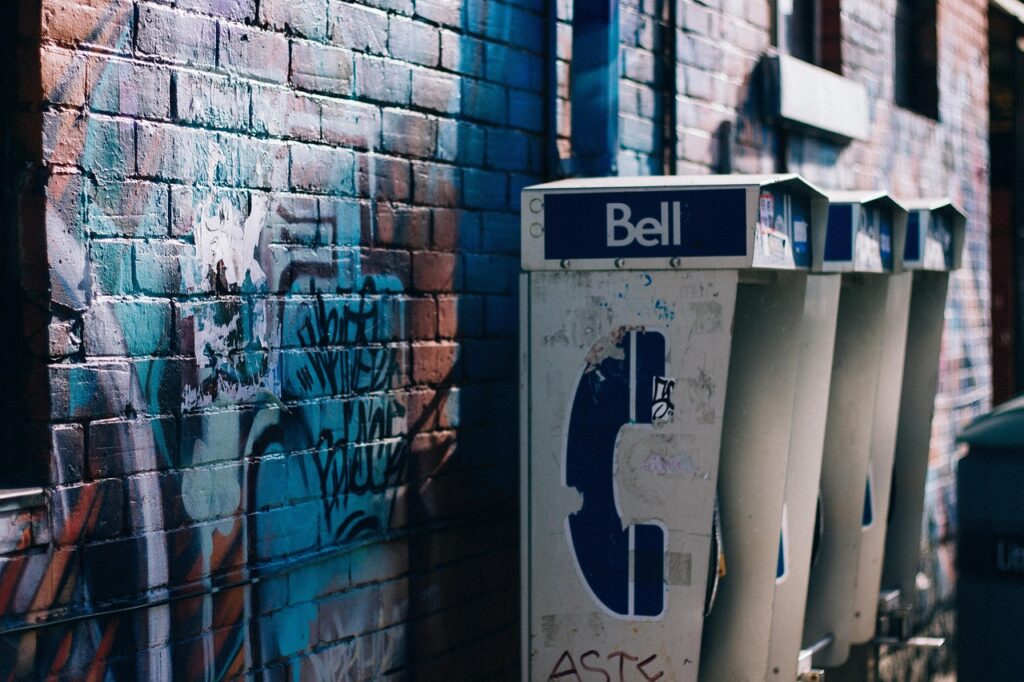
Keeping up with friends or checking in with family while traveling was a real logistical puzzle. You couldn’t text updates, share real-time photos, or make video calls. Communication meant finding a payphone, scrounging for quarters, and hoping someone was home to answer the landline. Coordinating with friends at a different hotel involved leaving messages and hoping they got them. Spontaneity in group meet-ups was nearly impossible. Every connection became a pre-planned, often frustrating, endeavor, teaching immense patience.
4. Road Trip Entertainment Was Analog and Limited
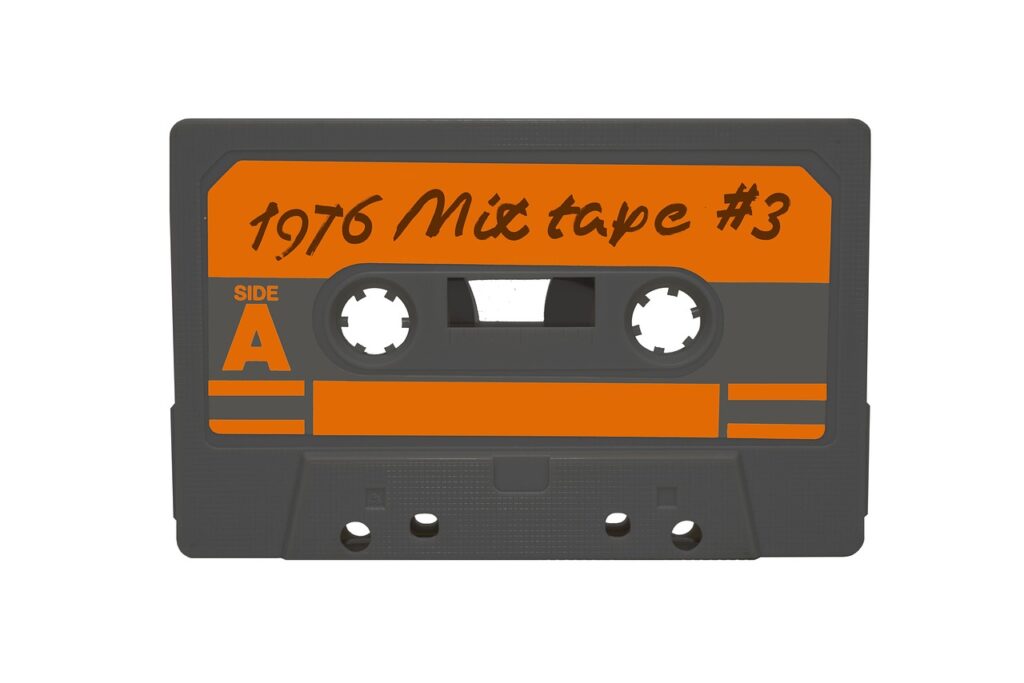
Long drives meant relying on the car radio, often battling static on unfamiliar frequencies, and a stack of cassette tapes or mixtapes. You endured commercials or DJs talking over your favorite song, hoping to record it. There was no streaming, no endless playlists, no podcasts. If your tape got eaten or tunes ran out, silence filled the air. This limited entertainment unexpectedly fostered genuine conversation and a deeper appreciation for simply listening to a full album, making journeys feel longer.
5. Packing for All Scenarios Meant Bulky Bags
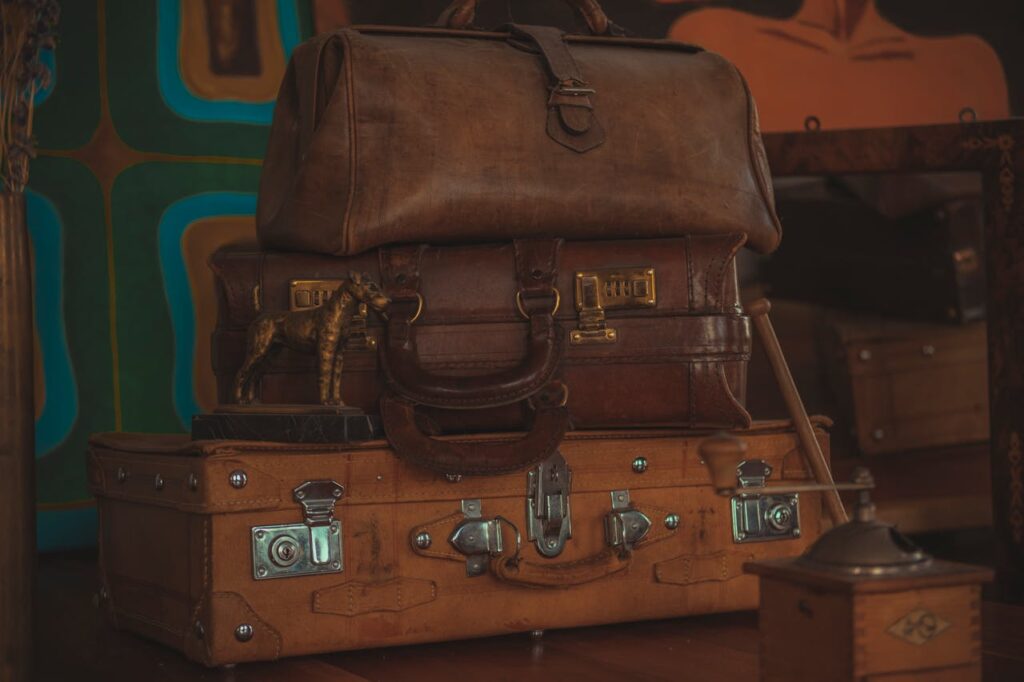
Packing light was unfamiliar, mostly because all essential technology was bulky and heavy. Your Walkman, film camera, and other gadgets added significant weight to your bags. Clothes favored heavier fabrics like denim; lightweight performance wear didn’t exist. Luggage itself was less optimized for weight, so you hauled large, unwieldy suitcases. Every item added literal weight and bulk, making agile movement through airports or bus stations incredibly challenging. It was a physical undertaking to simply carry your belongings.
6. Emergencies Lacked Instant Help
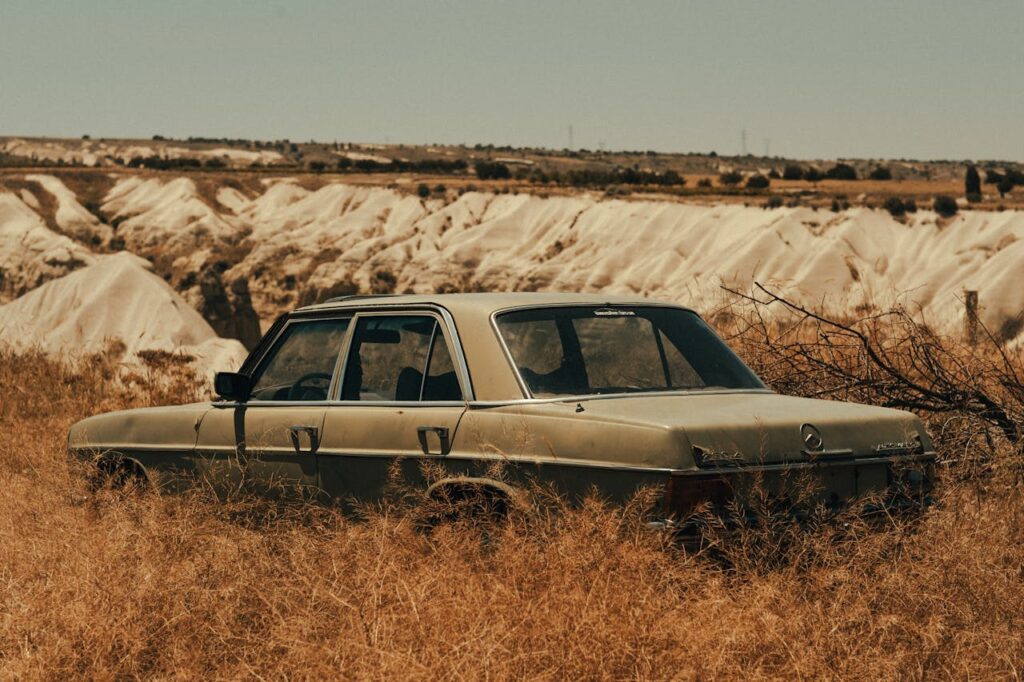
If you faced an emergency while traveling, instant help wasn’t a tap away. No GPS on your phone pinpointed your location for rescuers or loved ones, and no app summoned roadside assistance. Your only recourse was finding a working payphone, potentially miles away, then meticulously explaining your precise whereabouts. Dealing with a flat tire on a deserted highway or a sudden medical issue in an unfamiliar place was a much more isolated and daunting experience. It truly tested your resourcefulness and resilience.
7. Booking Travel Was a Phone Call and a Prayer
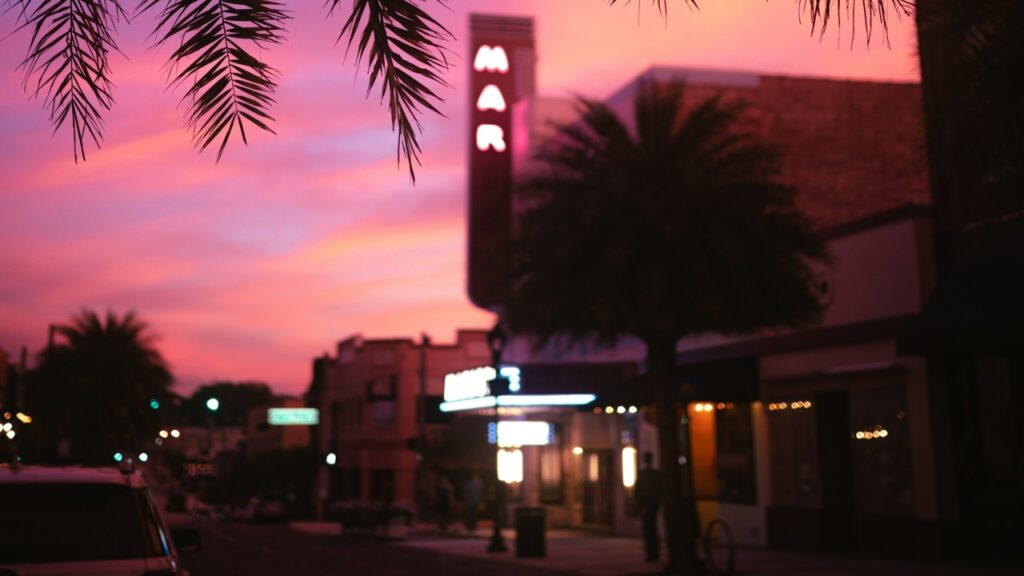
Planning accommodations or transportation often involved tedious phone calls from guidebooks or relying on a travel agent. No real-time online booking sites offered instant confirmation, user reviews, or dynamic pricing. You often booked motels or bus tickets sight unseen, hoping they matched descriptions. Securing popular attraction tickets meant standing in long lines or even mailing checks months in advance. This pre-digital booking added layers of uncertainty, delay, and a significant element of faith to every travel arrangement, demanding immense patience.
8. Capturing Memories Meant Film and Anticipation
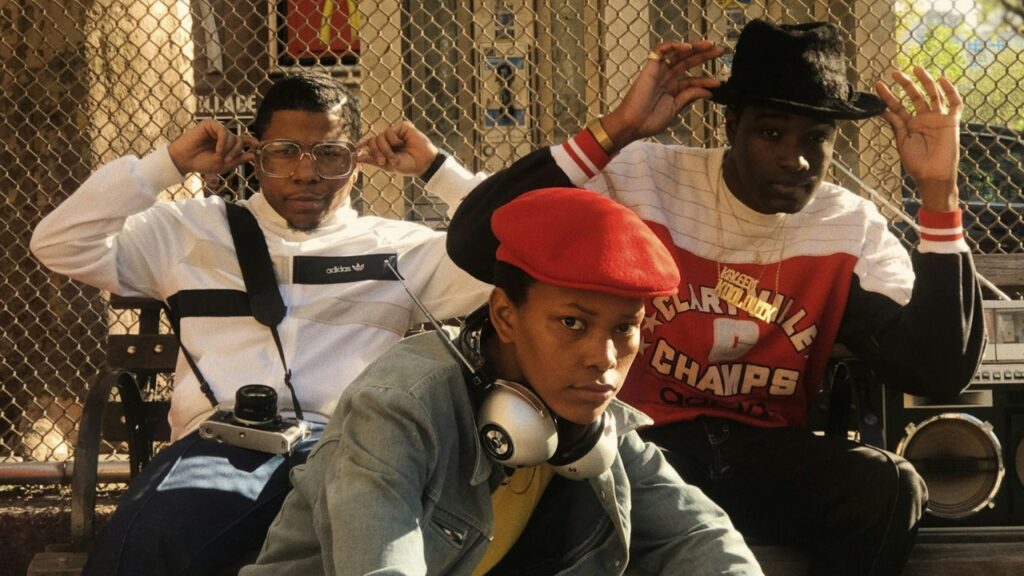
Documenting adventures required a film camera, with finite exposures and no instant feedback. You couldn’t review shots, delete mistakes, or experiment without wasting film. Every photograph was a commitment; results remained a mystery until development, often weeks later. Sharing memories involved printing duplicates or passing physical albums, making the process a delayed, deliberate, and often nostalgic ritual. This anticipation added a unique layer to capturing travel moments, distinct from today’s instant digital review.
9. Learning on the Go Was Hands-On, Not Handheld
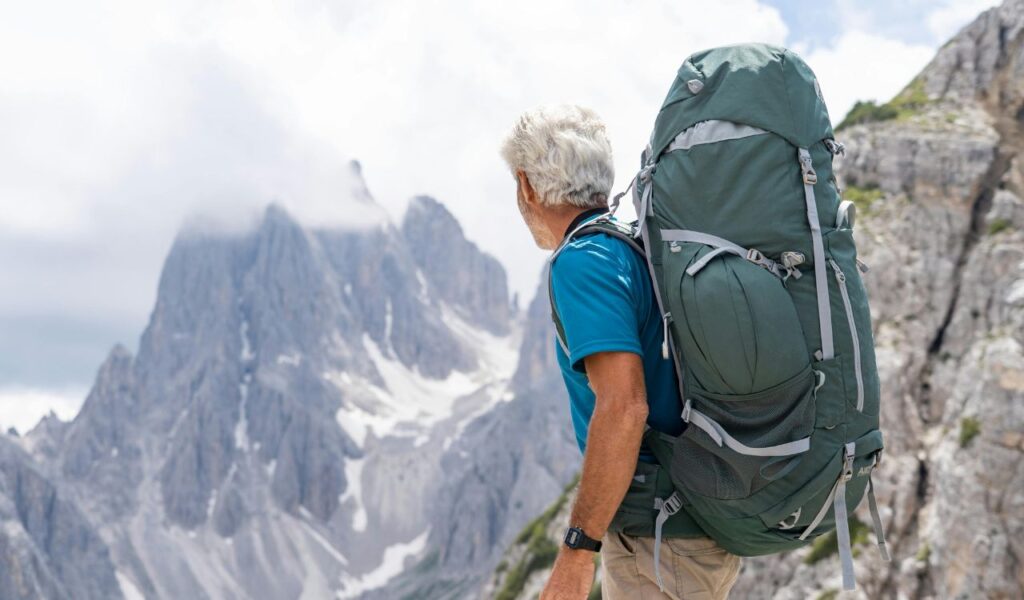
If you were curious about a historical marker, a unique plant, or a local dialect while traveling, you couldn’t instantly search for answers. Learning on the road meant a hands-on, immersive approach. You might buy local newspapers, visit small-town libraries, or engage in genuine conversations with locals. This often led to deeper, more personal discoveries and unexpected connections. While lacking instant gratification, it forced a more observational and interactive form of learning, where knowledge felt earned through direct experience.
10. Music, Moods, And Moments Felt Less Filtered

Before phones sculpted every moment into content, road trips lived fully in the present. Songs were tied to place because the radio chose them, not you. Weather, boredom, inside jokes, and quiet miles stitched memories together with no need to document any of it. Without screens, moments felt slower, conversations had room to meander, and every sunset or detour stayed personal instead of performative.